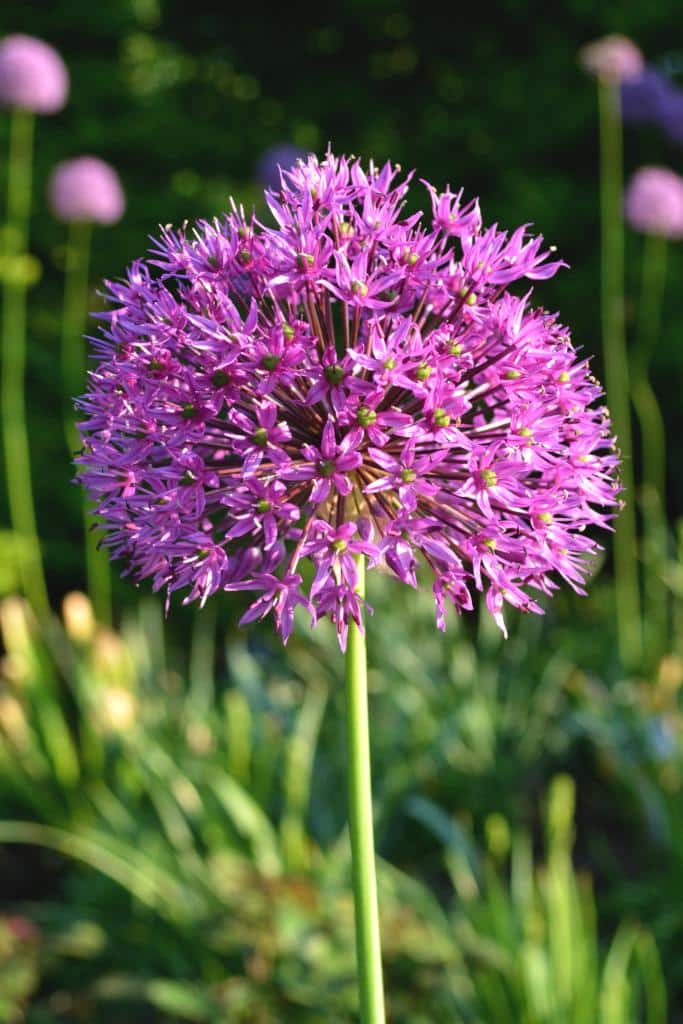One of our favorites is Black Velvet, the plant looks beautiful and has probably the most interesting texture to its leaves. Black Velvet is also most commonly bought together with Frydek. Some different popular Alocasia plants embody Borneo Giant, which has a beautiful green colour to its leaves. One of our favorites is Regal Shield, which grows properly and boasts some large lovely dark blue leaves.
It blooms stunning five-inch flowers that come in numerous shades of purple – each with 5 far-flung petals. It blooms pretty orange or yellow-colored fall leaves, and the plant itself has high heat tolerance, making it suitable for Florida weather. Yucca plants have sharp, blade-like leaves which would possibly be often green or variegated in shade, and they bloom with upright clusters of white flowers in midsummer or early fall. Florida has several native yucca species that fluctuate in form and size, including the Spanish bayonet, Adam’s needle, and mound lily varieties. The oakleaf hydrangea has broad, oakleaf-shaped green leaves and sprouts cones of small white flowers in summer time. This shrub makes a good understory planting and is perfect for landscaping around trees because it grows best with plenty of shade.
Slash Pine Tree – This tree can rise to 100 ft high and four ft broad. Morning Dew Tropical Plants offers the best plants to interiorscapers, backyard centers, and wholesalers. This multi-trunked tree looks shrubby when young, however it can develop right into a towering tree with an interesting contorted trunk. One buttonwood planted alone can be an eye catching specimen tree, or a row of them can type a privacy hedge.
In addition, additionally they face up to the salty air of Florida’s coastal areas. Florida flowering shrubs have spectacular blooms, tolerate drought, and thrive in all areas from the panhandle to the Florida Keys. Specializing in top of the range native timber and shrubs for South Florida and the Keys. Are you contemplating planting some daisy fleabane near your home or in your garden? Daisy Fleabane goes by a number of names and has some very distinctive health enhancing properties. In this text, you will learn all about this stunning plant and how to efficiently grow and care for it.
Additionally, it provides meals and a safe place for animals, making it the top Florida-friendly option for any backyard. Several components of this plant are edible, including the pads and the fruits. Some of those are used for cooking, ranging from main dishes, bread, vegetable sides, desserts, candies, cocktails, drinks, and plenty of extra. If you marvel how they catch insects, they've these enticing scents to lure them and sticky fluids into helping comprise the prey.
Different varieties develop in numerous elements of the state, with flowers in white, purple, or yellow. This species of hibiscus ornamental cabbage plants is a traditional tropical flower that may add a contact of shade to your garden. Swamp mallow blooms in mid to late summer, and the whole plant often goes dormant within the winter. In general, columbine is a wildflower that is available in many colors, but Florida’s native species has fascinating red and yellow blossoms that entice hummingbirds.

This plant is prone to freezing temperatures and frost. The Seagrape can be pruned into a display screen, windbreak, a hedge, or a gorgeous tree with an exposed and thrilling twisted trunk. It is beneficial on shorelines as a outcome of it helps prevent dune erosion. The uncommon Atala Butterfly is interested in the Coontie plant.The Coontie plant, similar to cycad, has ancient origins.
These vines are a favourite for pollinators thanks to their long tubular flowers with lengthy stamens filled with pollen. Their shiny, semi-evergreen leaves grow in an rectangular shape and while they're climbers, they aren’t essentially known for being too aggressive. Once the bloom has ended, they’re replaced by small, bright red berries. Native to dry, prairie ecosystems and identified for his or her brightly coloured petals with darkish contrasting facilities, these biennial wildflowers require minimal care and bloom for weeks at a time. Black-eyed Susans actually come alive in August, adding cheerful pops of color to non-public gardens and open fields alike. The densely clustered flowers—known for sturdy fragrances and whitish-lavender tones—of the buttonsage plant are found along coastal areas and pinelands from the west of Florida to the Keys.